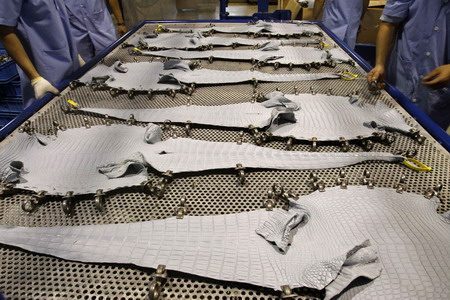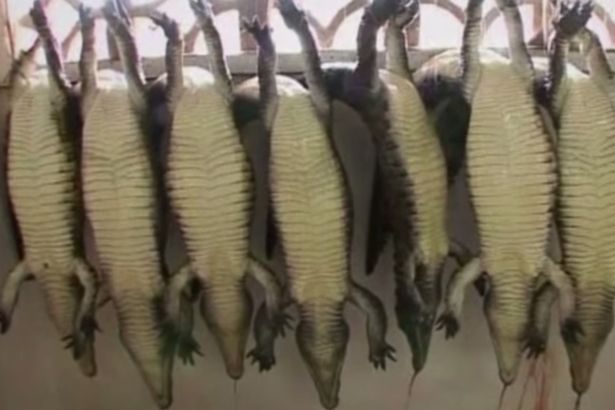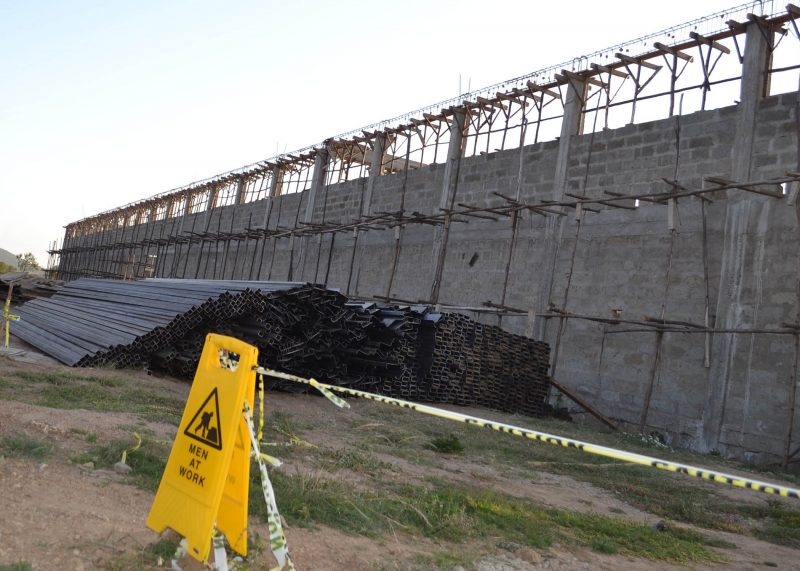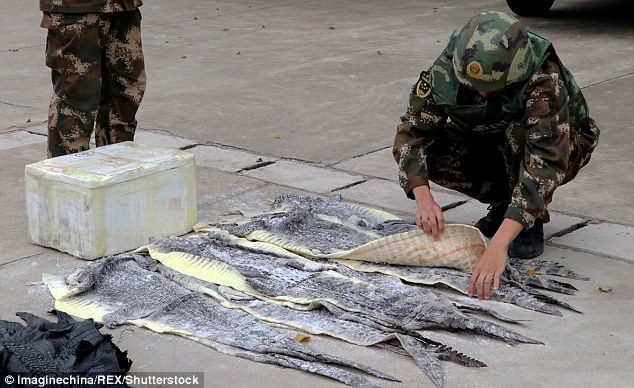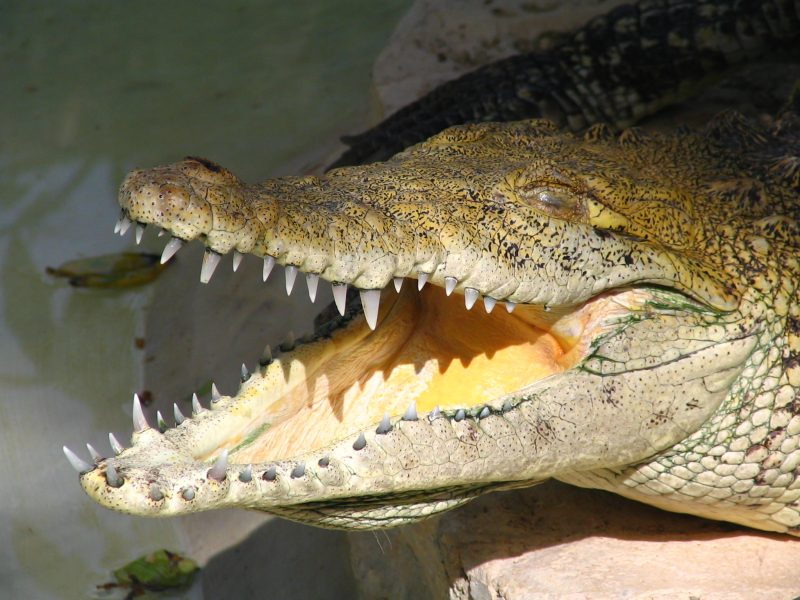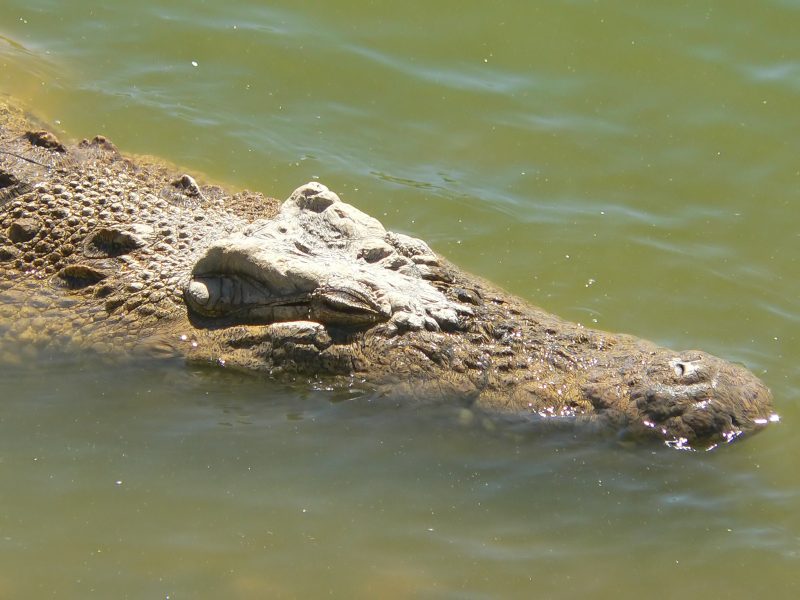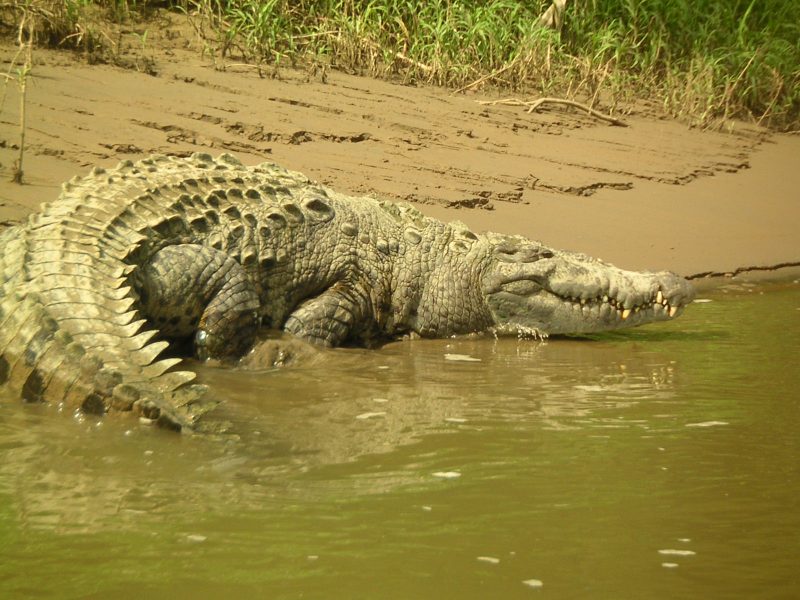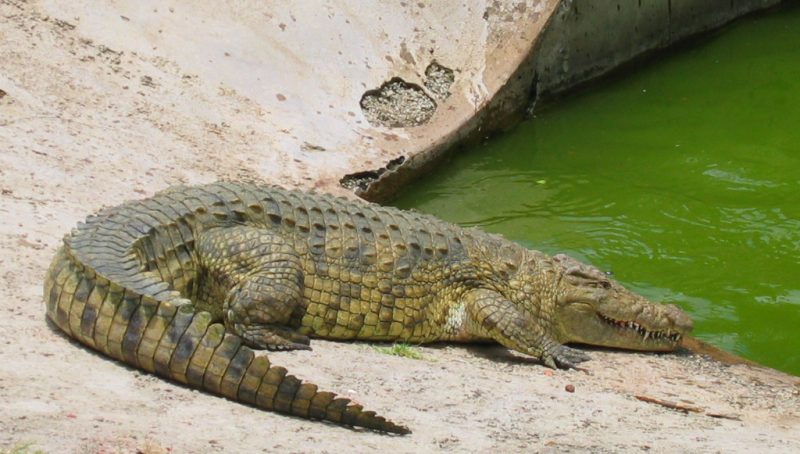Crocodile Leather Making As A Business
Some countries in the world produce crocodile skin as well as process the hides to leather. In other words, they have crocodile farming facilities and are also equipped with the infrastructure to transform the skin to leather. But some other countries that supply raw crocodile skins such as Kenya are in a dilemma. They ask whether it would not be profitable to tan them locally in their country rather than export them in the wet salted state.
Leather tanning business
When it comes to owning the leather processing business the immediate practical solutions available at their disposal are to either, do partial leather processing or run a pickling plant. Both of these opportunities seem lucrative. Nevertheless, it is hard if not impossible to answer the question of whether to process the leather in house or export the skin in the wet state merely because they too have significant challenges.
Partial leather processing
The first option available to a crocodile skin producing country is to process and export semi-finished leather. When deciding to export crocodile skin, countries mull over whether to do part processing in their countries. That way the tanner still has some processing control and options open. There is also an advantage to the tanner if producing countries carry out the pre-tanning operations because they pose expensive problems of effluent disposal.
Viability of pickling
The second option is to run and operate a pickling plant. A small pickling plant requires only a modest investment. A 150-square meter building can house the entire facility. Drums, soaking vats and paddles could be available locally. A total of 12 people can manage the operation. Use small wells to treat and settle brine sludge for effluent disposal. However, a steady and reliable supply of clean water and electricity is essential. Additionally, a fleshing machine would be available overseas, and this would be the most expensive equipment.
Financial projections would have to include local costs and the availability and cost of expertise for the first year of operation. Estimating the market prices for pickled skins should take into consideration the preference of tanners for wet salted material. After all, the extended storage life of pickled skin could be an advantage to the producers as it gives them more bargaining power in negotiating the sales.
Expertise and policy
The modern leather manufacturing process is very complex. It requires lots of industry knowledge, and this can only come from abroad at great expense. But, rules and regulations vary from one country to another. Hence, consider also the production policy of host countries. Perhaps after considering the processes involved in the tanning and finishing of skins as well as the production policies of countries, the challenge may become apparent.
Compromise on quality
Reptile tanneries are just a few companies because of the diminishing supply. These companies have come to terms with the pollution issue and prefer to buy the skin in wet salted state because they can assess the quality of the leather. With partly processed hides, they cannot inspect the quality. Moreover, certain pre-tanning processes influence subsequent treatments of the skin. A tanner prefers to control every operation of the leather-making process.
Up-market leather products
Expensive crocodile leather items are popular articles that cater to the upmarket segment. Apart from the quality, the manufacturers are also concerned about the ease of placing repeat orders for an identical unit or the availability of the same product with different colors at short notice. It would be impossible for a producing nation to break into this tiny niche market for high-class crocodile leather when the manufacturer has a choice of a long time trusted supplier.
Restrictions on export
The legalities of exporting and importing crocodile leather differ from one country to another. For example, United States can legally export and import crocodile leather in compliance with Cites regulations. But trade restrictions apply to some other countries. For example, Thailand, Cambodia or Vietnam strictly cannot possess and sell or export crocodile to the United States regardless of whether it is in compliance with the regulations. Sadly, sellers in these countries still try to ship and sell crocodile leather to ignorant Americans who commit criminal actions by attempting to trade these skins.
Feasibility and profitability
A few countries that produce crocodile skins are disadvantaged because of the tropical climate. But the good news is that it is possible to overcome this hurdle. However, the question is not whether the business operations are feasible or not but whether it is financially worth. The answer depends on the type of tannery and the intended market. So, what are the solutions?
Tannery for multipurpose
Although seasonal fluctuations do not pose problems because of the availability of adequate storage facilities in pickling plant, a short fall over an extended period could result in the plant lying idle for most of the year. Furthermore, it is evident that a reptile tannery cannot be put to use for other purposes without modifying it. Perhaps, a multi-purpose tannery would be ideal if countries can find down-market manufacturers to sell less expensive skins. It would also provide more flexibility for the optimum scale of operations and a broad base for the investment.
Down-market leather products
Leftover crocodile leather that cannot be used to make valuable items are inferior leather. They are used to manufacture and sell poorly made goods to a vast majority of tourists in many places. Between the superbly crafted products and the most ordinary ones, the range of quality and prices are as diverse as the type of leather available. A crocodile skin producing country may be better off finding this in-between market that would fetch a much better return on investment rather than tanning wet-salted skins. The species of crocodiles involved determines the value for the world of fashion. But for the down market, it is far less important.
5 Frequently Asked Questions About Crocodile Leather Business
To receive a colourful digibook about crocodile with videos, images and text, please fill out the following form or simply email us on safaris@safari-center.com

